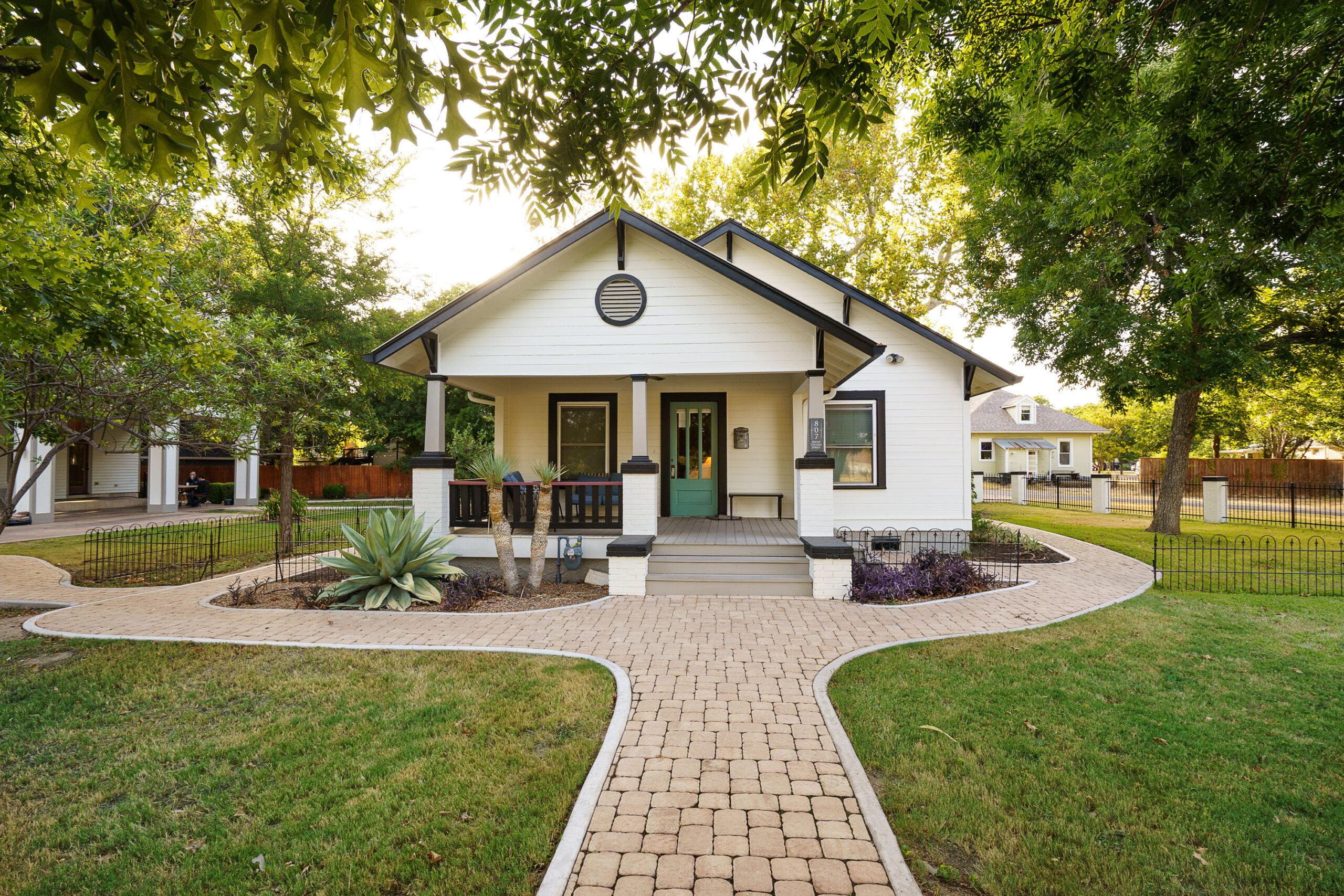Understanding the Importance of Schizophrenia Inpatient Treatment
Schizophrenia inpatient treatment is crucial for individuals experiencing severe symptoms of this complex disorder. Inpatient care provides a structured environment where patients receive comprehensive care, including medication management and therapy, to stabilize their condition effectively. Having worked in the field for over two decades, I’ve witnessed firsthand how such programs can transform lives, providing the necessary tools and support for patients to regain control over their mental health.
At facilities like Alta Loma, the focus is on holistic recovery, which means addressing not just the symptoms but the underlying causes and contributing factors of schizophrenia. By living in a supportive environment, patients can focus entirely on their treatment without outside distractions, accelerating their journey to recovery.
Schizophrenia inpatient treatment often involves a multidisciplinary approach with psychiatrists, psychologists, and other mental health professionals collaborating to create personalized care plans. This ensures that every aspect of a patient’s mental well-being is considered, leading to more sustainable results.
Key Components of Effective Treatment
Effective schizophrenia inpatient treatment revolves around several key components. Medication management is a cornerstone, helping to reduce symptoms like hallucinations and delusions. It’s essential to find the right balance of medications, as untreated psychosis can lead to cognitive decline over time.
Another critical component is therapy, which may include cognitive behavioral therapy (CBT), family therapy, or group sessions. These therapies provide patients with techniques to cope with stress, improve their social skills, and address any co-occurring mental health conditions.
Facilities like Alta Loma emphasize lifestyle changes by incorporating nutrition planning and recreational therapy. This holistic approach ensures that patients aren’t just functioning but truly thriving in their environments. A balanced diet and regular physical activity are known to positively impact mental health, supporting the overall treatment strategy.
What Qualifies as a Schizophrenia Inpatient Treatment Emergency?
Inpatient treatment is considered an emergency when an individual poses a danger to themselves or others due to their condition. This can include severe psychotic episodes, suicidal thoughts, or aggressive behaviors that cannot be managed in an outpatient setting. In such cases, immediate admission to a facility is crucial for the safety of the patient and those around them.
Prompt intervention ensures that the patient receives the intensive care they need, which includes comprehensive evaluations, stabilization, and the implementation of a tailored treatment plan. Early intervention can significantly improve outcomes, preventing further deterioration of the individual’s mental health.
Steps for Choosing a Schizophrenia Inpatient Treatment Center
- Research Facilities: Look for centers with a strong track record of treating schizophrenia. Consider reviews and testimonials from previous patients.
- Verify Treatment Approaches: Ensure the facility offers a comprehensive treatment plan that includes medication management, various therapy options, and holistic practices.
- Assess Staff Qualifications: Qualified and experienced staff are crucial for successful treatment. Check the credentials of psychiatrists, psychologists, and support staff.
- Evaluate Environment: A serene and therapeutic environment like the one at Alta Loma can significantly aid recovery. Visit the facility to get a sense of its atmosphere.
- Consider Location: Proximity to family and support networks can be beneficial, but for some, a change in environment might be more therapeutic.
By following these steps, families and patients can select a treatment center that best meets their needs, optimizing the chances for successful recovery.
Personal Insights from the Field
During my time at Alta Loma, I’ve seen many patients begin their journey at a low point, feeling isolated by their symptoms. Schizophrenia inpatient treatment provides not just medical care but a community of understanding and support, which is often the key to encouraging patients to engage fully with their treatment plans.
One memorable case involved a young man whose first psychotic episode led him to Alta Loma. Through cognitive training and therapy, he learned to manage his symptoms and eventually transitioned to a more independent living situation. Witnessing such transformations is a powerful reminder of the impact of dedicated care and the resilience of the human spirit.
It’s stories like these that reinforce the importance of integrating compassionate care with evidence-based practices in schizophrenia inpatient treatment, allowing each individual a chance at a healthier, more fulfilling life.
Exploring Innovative Approaches in Schizophrenia Inpatient Treatment
Innovative practices in schizophrenia inpatient treatment continue to evolve, providing new hope for patients. One such approach is the use of cognitive enhancement therapy. This computer-based training targets cognitive deficits associated with schizophrenia, aiming to improve executive functions and social cognition.
Research and anecdotal evidence suggest that starting cognitive training earlier in the illness can yield significant benefits, potentially reversing cognitive decline and improving overall quality of life. Facilities like Alta Loma are incorporating these cutting-edge therapies, staying at the forefront of mental health treatment.
Additionally, integration of technology in treatment plans, such as telehealth for family therapy sessions, makes mental health care more accessible, allowing for a supportive environment beyond the physical confines of the treatment facility.







